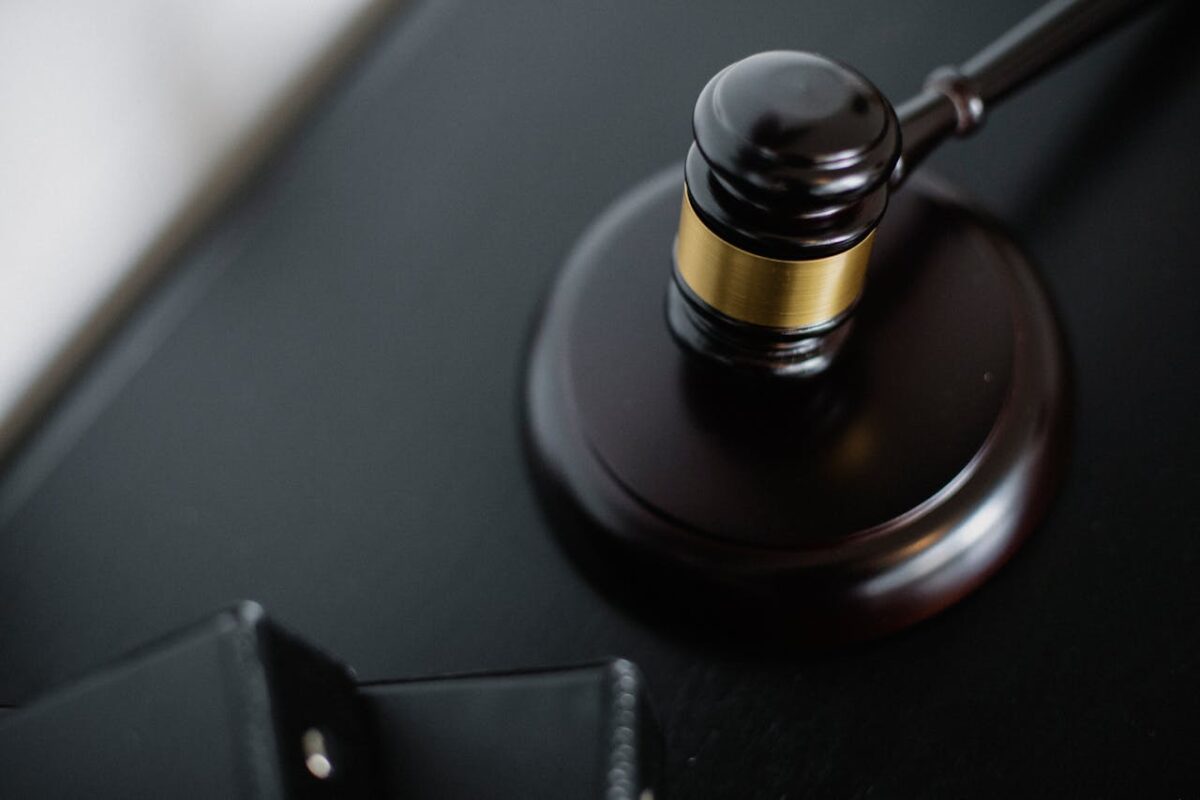Personal injury cases can be complex and emotionally taxing experiences for individuals seeking compensation for their injuries and losses. Whether you’ve been involved in a car accident, suffered a workplace injury, or experienced harm due to medical negligence, understanding the do’s and don’ts of personal injury cases is crucial for navigating the legal process effectively. In this comprehensive guide, we’ll delve into essential strategies and precautions to help you protect your rights, maximize your chances of a favorable outcome, and avoid common pitfalls along the way.
Understanding Your Rights and Responsibilities
When embarking on the journey of a personal injury case, it’s crucial to delve deeply into comprehending the breadth and depth of your rights and responsibilities. This multifaceted exploration entails acknowledging not only your entitlement to pursue compensation for damages stemming from another party’s negligence or misconduct but also the incumbent duties you bear. These responsibilities encompass acting promptly, diligently gathering evidence, and meticulously adhering to legal protocols and procedures. By fostering a proactive and well-informed approach, you not only assert your rights but also lay the groundwork for a robust legal strategy, thus enhancing the prospects of achieving a favorable outcome from the inception of your case.
Seeking Immediate Medical Attention
Undoubtedly, the immediacy with which one seeks medical attention following an injury serves as a cornerstone not only for the preservation of one’s health and well-being but also for the fortification of legal recourse. The imperative of promptly seeking medical care transcends mere physical convalescence; it extends to the preservation and consolidation of one’s legal standing and entitlement to compensation. The ramifications of delaying or neglecting medical treatment are manifold, as they not only exacerbate the severity of injuries but also provide fertile ground for adversaries to impugn the legitimacy and veracity of one’s claims.
Preserving Evidence and Documentation
In the intricate tapestry of personal injury litigation, evidence assumes an exalted status, serving as the linchpin for establishing culpability and quantifying the attendant damages. From the minutiae of photographs capturing the aftermath of the accident to the labyrinthine corridors of medical records and eyewitness testimonies, each morsel of evidence constitutes a crucial building block in the edifice of one’s legal case. The meticulous preservation and curation of such evidence emerge as imperatives of the highest order, for they serve not only to delineate the contours of liability but also to furnish irrefragable proof of the extent and magnitude of the injuries sustained. Thus, a meticulous and assiduous approach to documenting the aftermath of the accident assumes paramount importance.
Navigating the Legal Process with Professional Guidance
Navigating the legal process of a personal injury case can be overwhelming, especially for individuals unfamiliar with the intricacies of the law. Seeking professional guidance from experienced accident and injury lawyers is highly advisable to ensure your rights are protected and your case is handled effectively. An attorney can provide invaluable expertise in gathering evidence, negotiating with insurance companies, and representing your interests in court if necessary.
Exercising Caution in Communication
When dealing with insurance adjusters or representatives of the opposing party, it’s crucial to exercise caution in your communication. Avoid admitting fault or making statements that could be misconstrued and used against you later. Instead, stick to factual information and refrain from discussing the specifics of your injuries or the accident without legal counsel present. Remember that insurance companies prioritize minimizing payouts, so anything you say could be used to diminish your claim.
Understanding the Statute of Limitations
It’s essential to be aware of the statute of limitations governing personal injury claims in your jurisdiction. The statute of limitations sets a deadline for filing a lawsuit after the occurrence of the injury or accident. Failing to file within this timeframe can result in the forfeiture of your right to seek compensation. Therefore, consult with an attorney promptly to determine the applicable statute of limitations and take timely action to preserve your legal rights.
Considering Alternative Dispute Resolution
While litigation is a common approach to resolving personal injury disputes, alternative dispute resolution methods such as mediation or arbitration may offer faster and less adversarial solutions. These processes involve facilitated negotiations between parties with the assistance of a neutral third party. By exploring alternative dispute resolution options, you may be able to reach a mutually satisfactory settlement without the time, expense, and uncertainty of a trial.
In conclusion, navigating a personal injury case requires diligence, preparation, and strategic decision-making. By adhering to the do’s and don’ts outlined in this guide, you can strengthen your position, protect your rights, and pursue the compensation you deserve. Remember to prioritize your health, preserve evidence, seek professional guidance, and advocate for your best interests throughout the legal process. With proactive measures and informed choices, you can navigate the complexities of personal injury litigation with confidence and resilience.















